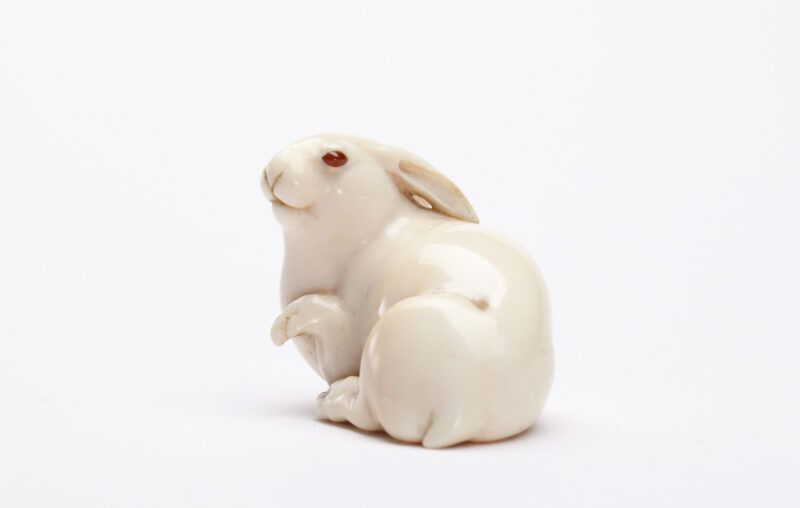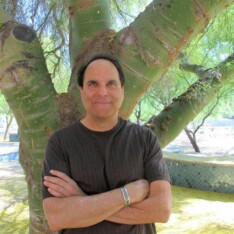The Hare With Amber Eyes, by Edmund de Waal. A Review.

Roger Scruton, in his wonderful little book Beauty: A Very Short Introduction, reminds us that we find beauty in nature (people, animals, landscapes, the celestial canopy, etc.) and in art, which includes painting, sculpture, dance, architecture, and music. Besides the artifacts of art, we also find beauty in performances, including musical concerts, dance presentations, and theatrical productions. Beauty comes in various degrees, and we judge the relative merits and value of different artifacts or performances. It is in this way that art can take on a certain economic value, and like other things that have monetary value—-a house, a car, even a person—-these values can change over time. Value might also be affected by provenance, how well this story is documented, or what exactly is the story.
This would certainly apply to certain netsukes (miniature finely carved Japanese sculptures) now retained by Edmund de Waal. In his The Hare With Amber Eyes, de Waal traces the history of a group of 264 netsukes that he has inherited from his Uncle Iggie following his death in 1994. A netsuke easily fits in the hand. It is made of ivory or wood, and is worn as part of Japanese traditional dress, attached to the sash of a kimono. Its surface is usually exceedingly smooth. De Waal is a ceramicist by profession, an exceedingly well known one, although he does not boast. So he is accustomed to describing the nature of an object very precisely.
He writes:
I pick one up and turn it around in my fingers, weigh it in the palm of my hand. If it is wood, chestnut or elm, it is even lighter than the ivory. You see the patina more easily on these wooden ones: there is a faint shine on the spine of the brindled wolf and on the tumbling acrobats locked in their embrace. The ivory ones come in shades of cream, every colour, in fact, but white. A few have inlaid eyes of amber or horn. Some of the older ones are slightly worn away: the haunch of the faun resting on leaves has lost its markings. There is a slight split, and almost imperceptible fault line on the cicada. Who dropped it? Where and when?
Notice the Kantian disinterested interest. The description is detailed as to all of the characteristics of the objects. His analysis seems to blur the line between the descriptive or objective and the personal or subjective. How did the object become slightly damaged, and who did this and when, where, and under what circumstances. Both his heart and his mind are involved in his fascination with the diminutive but precious works of art. All objects, he seems to tell us, have stories about themselves and—even more so—those who owned, or possessed, or loved them. In this way, we can see how any artwork’s nominal value is directly related to its personal value. In my experience, people pay for meaningful things, whether that meaning is private or social. In some real sense, the work of art pulls those two realms together in a very unique manner.
De Waal decides he needs to know more about his inherited netsukes and ends up on a multi-year ride finding out about his family and their interaction with the objects.
His Jewish family originated in the 19th century in Odessa, where the father, Charles Joachim became the King of Grain. He then sent his sons off to Vienna, Paris, and then London to enter into banking. He later joined them in Vienna, and their success rivaled that of the Rothschild family, just as Bezos joined Gates in our own time in the pantheon of the unimaginable wealthy. The third son, another Charles, had no head for business, and was allowed to travel and develop his own passion, which was visual art. It turned out that Charles had a great eye, which he developed with great energy through those travels, repeated viewings of art in Paris, and much study. He frequented the great salons of Paris and hobnobbed with Proust and Renoir (he is prominently featured in Renoir’s Luncheon of the Boating Party) among many other famous writers and artists. He wrote for the Gazette des Beaux-Arts, which he eventually led as its editor. He became an avid collector, and soon bought Japanese pieces, which had become all the rage in Paris of the 70s and 80s. And this finally led to the purchase of not one or a few netsukes, but an entire collection. A black vitrine was purchased in which to keep them. The vitrine and netsukes were perfect for his budding salon, as the miniatures can be touched, held, gazed at, felt, and spoken about.
De Waal learned that the netsukes were passed along from family member to family member, through the historical events of the times: the Dreyfus Affair, the rise of the Impressionists (Charles buys works of Matisse, Renoir, etc.), WWI, and then WWII, wherein the family, and its wealth, are decimated. De Waal’s eye for detail and expression is that of a novelist’s, as the descriptions are vivid and the emotions expressed clear and deep. We know this story well from histories and other survivors’ narratives, but this one is unique. De Waal exposes all.
I occasionally watch the Antique Road Show. It is not unusual for someone to remark after hearing that their art artifact is quite valuable “this is great, but it will definitely remain in the family.” I am sure that De Waal’s netsukes have great economic value, but I do not think he will sell them, as their monetary worth cannot outweigh what looking at, or holding, one must conjure up in him. Hopefully, this will be the case for the next family member who will possess this great artistic collection.










